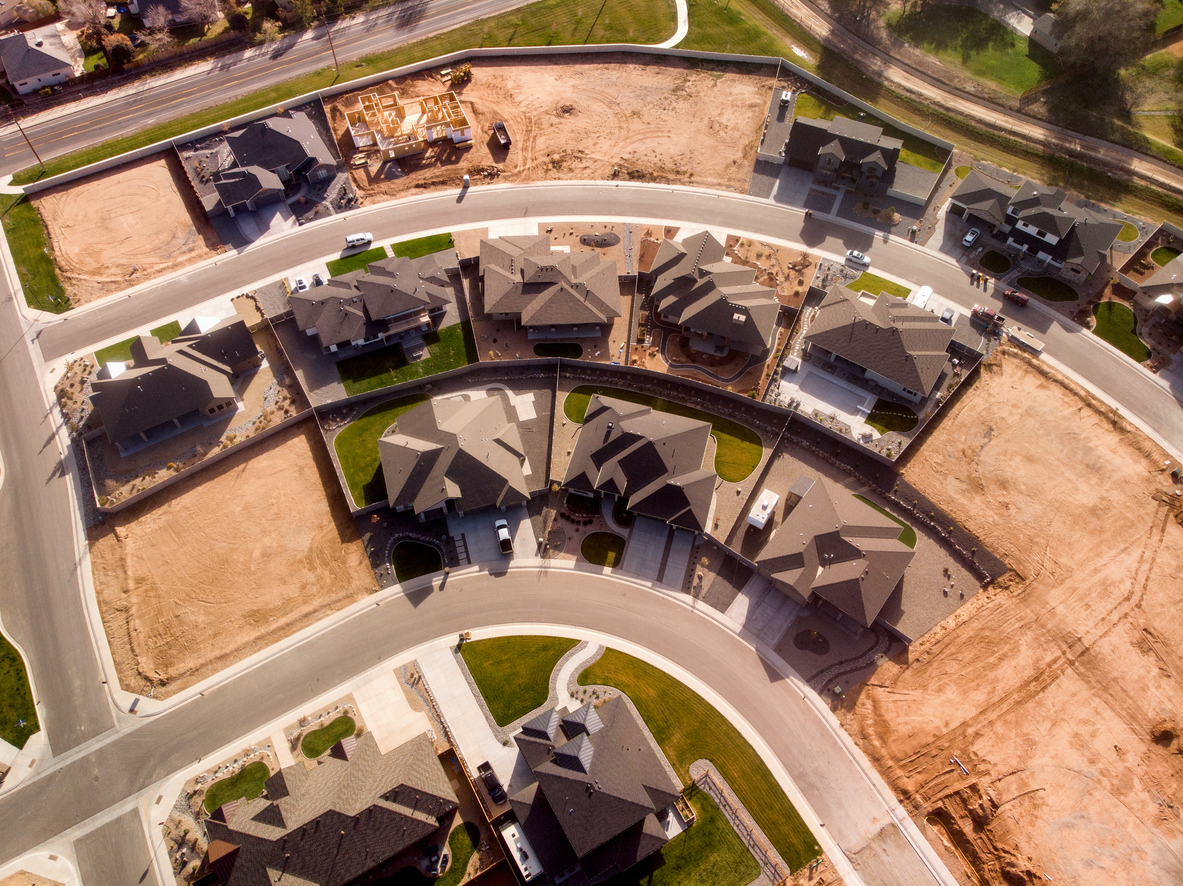Investor home purchases fell 30% in the third quarter, indicating that the rise in borrowing rates and high home prices are causing these firms to pull back.
Companies purchased approximately 66,000 homes in the 40 markets tracked by real-estate brokerage Redfin during the third quarter, compared to 94,000 homes in the same quarter the previous year. Except for the second quarter of 2020, when the pandemic halted most home purchases, the percentage decline in investor purchases was the largest in a quarter since the subprime crisis.
The investor pullback contrasts with recent months, when their purchases were still rapidly increasing. These companies purchased homes in record numbers last year and earlier this year, helping to boost the housing market.
Investors are now reducing their buying activity in line with the drop in overall home sales, which has slowed as mortgage rates have risen rapidly. However, given investors’ large cash positions and big firms like JPMorgan Chase & Co. planning to increase their exposure to the home-buying business, investors are poised to resume more aggressive buying when interest rates or home prices begin to ease.
These companies have capitalized on a surge in suburban housing demand caused by the pandemic. These owners rented out their properties and raised rents by double digit percentages. Investors accounted for one out of every five home purchases in the United States by the first quarter of 2022.
However, rising borrowing costs have kept investors from purchasing as much recently, according to John Pawlowski, an analyst at Green Street. Buyers and sellers are also agreeing on pricing less frequently, stifling sales.
“A lot of people just put down the pen,” Mr. Pawlowski explained.
Rent growth has also begun to moderate. According to housing data firm CoreLogic, single-family home rents increased 10.1% year on year in September, down from 13.9% in April.
Many of the cities where investors have relaxed purchasing restrictions are the same cities where they previously accounted for a disproportionate share of total sales. This includes Las Vegas and Phoenix, where investor sales fell by more than 44% year on year in the third quarter.
According to Redfin, fewer purchases by online house flippers, or iBuyers, may have contributed to the declines. Redfin decided earlier this month to close its own home-flipping business, RedfinNow.
According to Redfin, investors still accounted for 17.5% of all home sales in the third quarter, a higher share than at any time prior to the pandemic.
That proportion is likely to rise again. Builders who have unsold homes as a result of widespread cancellations by traditional buyers are looking to sell in bulk to rental landlords.
Meanwhile, some institutional investors are preparing large funds to purchase real estate. J.P. Morgan Asset Management announced this month a joint venture with rental landlord Haven Realty Capital to buy and develop $1 billion in houses. JLL’s residential division, in collaboration with landlord Amherst Group, announced plans to purchase $500 million in homes over the next two years.
Tricon Residential, a publicly traded landlord, plans to spend nearly $3 billion on home purchases. “We will lean in and deploy that capital when the time comes,” Tricon CEO Gary Berman said during a November earnings call.
While a recession may lower borrowing rates, it will almost certainly be accompanied by higher unemployment, making it difficult for traditional buyers to benefit, according to Daryl Fairweather, Redfin’s chief economist. However, for investors, this could present an opportunity to acquire homes at a discount.
“An investor may have more resources to enter at precisely the moment when rates fall,” Ms. Fairweather explained.














